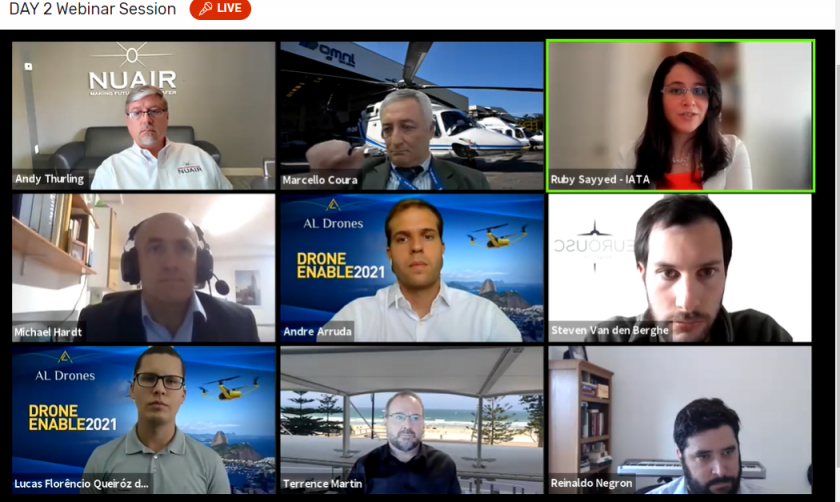By Jenny Beechener
Speaking on the second day of ICAO’s Drone Enable Symposium, Andy Thurling, Chief Technology Officer, Northeast UAS Airspace Integration Research (NUAIR) expressed frustration that performance requirements to operate in an Unmanned Traffic Management (UTM) environment are still not available. “For these rules and regulatory approvals, we clearly need a set of minimum operational performance requirements which have been validated and proved to mitigate the risk sufficiently”.
According to Federal Aviation Administration (FAA) Associate Administrator for Aviation Safety Ali Bahrami, two FAA programmes – Partnership for Safety, and Beyond – will provide the regulatory context to frame such service approvals. “We are focused on operating under rules rather than waivers.” The FAA is using a building block approach to developing the UTM architecture needed to ensure safe commercial beyond visual line of sight (BVLOS) small Unmanned Aircraft System (sUAS) operations.
“We are adding one block at a time as we scale up,” describing the FAA’s Low Altitude Authorisation and Notification Capability (LAANC) as the first UTM building block: “LAANC was a big win for all of us. It gives drones pilots access to controlled airspace below 400ft”. This was followed by introduction of the Remote Identification ruling at the start of 2021, due to come into force in May. “We will achieve more as we bring more voices and stakeholders to the table”. The FAA does not believe in a using a single supplier system platform, but expects federated UTM services will collectively manage the safe operation of large scale UAS operations in low altitude airspace. “This allows UTM to adapt and evolve as the trade space changes and matures.”
Andy Thurling called for “verified performance requirements on both sides of the equation – the unmanned vehicle side and the UTM side”. Supporting the step-by-step approach, he said “we don’t need RNP1 approaches today. Start simply and evolve.” At the New York test site, NUAIR is defining a concept of operation he calls “local BVLOS” which takes place in a carefully defined and well understood operating environment. This enables NUAIR to create and define an operational envelop that is technology agnostic and specifies UAS communications, navigation and surveillance requirements. “We need to create the ecosystem to support the sustainable business case. This will deliver the rules and regulatory construct that allow for approvals and commercial activity using UTM.” Andy Thurling expects local sites to grow and start to merge.
UTM trials carried out by the Civil Aviation Authority of Singapore (CAAS), led by Nova Systems between 2018 and 2020, also focused on common ASTM standards. Project Manager Terrence Martin, Revolution Aerospace Cofounder, said developing a federated UTM architecture supports the development pathway with a focus on fair and equitable access for all users. Adoption of common standards is particularly important to manage transnational revenue streams. Dr Kin Huat Low from Singapore Nanyang University ATM Research Institute highlighted the importance of digital technology for the development of reliable UAS operations at scale.
Drone Enable Symposium Day 2 brought together representatives from around the world to share their experiences in defining performance requirements for safe UAS operations in UTM environment. For a full list of speakers please visit: https://www.icao.int/Meetings/DRONEENABLE4/Documents/Drone2021_VirtualEventDirectory.pdf




